Europa League Stadiums & Stats
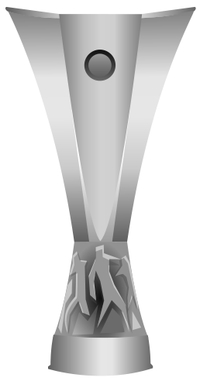
The Europa League is, to all intents and purposes, Europe’s second-string competition after the Champions League.
That sounds better these days though since the creation of the third-string Europa Conference League that means the Europa League is no longer quite at the bottom of the pile.
It has a storied history, though, with the basis for the competition found in the Inter-Cities Fairs Cup that was formed in 1955.
The idea was to form a tournament for European cities that held trade fairs on a regular basis, hence its name.
We’ll tell you more about the competition’s history as we go on, including how it went from the Inter-Cities Fairs Cup to the UEFA Cup before eventually becoming the Europa League that we know and watch today.
We’ll also tell you about the format of the competition, from qualifying right the way through to the final, and we’ll also let you know about other things such as club statistics, stadium details and more.
Europa League Stadiums
| Stadium | Year Opened | Capacity | Ave Attendance | Record Attendance | Record Attendance Match |
|---|---|---|---|---|---|
|
Anfield
Liverpool FC |
1884 | 53394 | 53183 | 61905 | Liverpool v Wolves (1952) |
|
Aviva Stadium
Ireland |
2010 | 51700 | 34122 | 51700 | Multiple |
|
Baku National Stadium
Azerbaijan / Qarabag |
2015 | 69870 | 38000 | 55000 | Azerbaijan v Norway (2016) |
|
BayArena
Bayer Leverkusen |
1958 | 30210 | 27769 | 30210 | Multiple Matches |
|
Estadio de la Ceramica
Villarreal |
1923 | 23500 | 16040 | 24450 | Villarreal v Barcelona (2016) |
|
Estadio Jose Alvalade
Sporting CP |
2003 | 50095 | 39988 | 49699 | Sporting CP v Benfica (2016) |
|
Falmer Stadium
Brighton & Hove Albion |
2011 | 31800 | 31477 | 31746 | Brighton v Chelsea (2022) |
|
Georgios Karaiskakis
Olympiacos, Greece National Team |
2004 | 32115 | 23248 | 42415 | Olympiacos vs AEK Athens (1965) |
|
Ibrox
Rangers |
1899 | 50817 | 49144 | 118567 | Rangers v Celtic (1939) |
|
Johan Cruyff Arena
AFC Ajax / Netherlands |
1996 | 55000 | 50905 | 53502 | |
|
London Stadium
West Ham United |
2011 | 62500 | 62461 | 62449 | West Ham vs Brighton (Aug 2022) |
|
Sinobo Stadium
Slavia Prague & Czech Republic |
2008 | 20800 | 13511 | 19370 | Slavia Prague v Sparta Prague (14/04/2019) |
|
Stade Velodrome
Olympique de Marseille |
1937 | 67394 | 47057 | 65252 | Marseille v PSG (2017) |
|
Stadio Atleti Azzurri d’Italia
Atalanta |
1928 | 21300 | 17921 | 43000 | Unknown |
|
Stadio Olimpico
AS Roma / SS Lazio |
1937 | 72698 | 21274 | 100000 | Italy v Hungary (1953) |
|
Stadium Municipal de Toulouse
Toulouse |
1937 | 33151 | 17068 | 39450 | US Carmaux vs Stadoceste Tarbais, rugby union, 1951 |
Final
| Fixture | Date & Time | Stadium | ||
|---|---|---|---|---|
 ? ? | v |  ? ? | Wed 22nd May | Aviva Stadium |
Tournament Format
Qualification
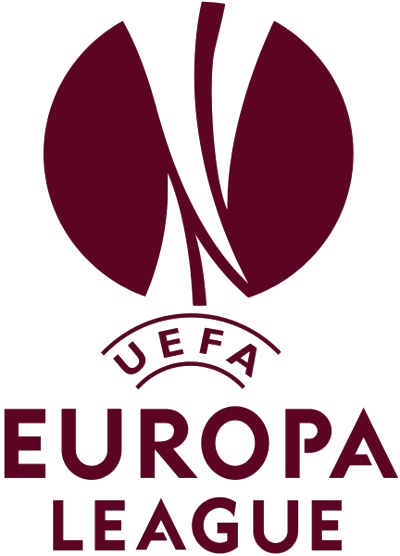
Qualification for the Europa League is a complicated affair, which has been made even more convoluted by the fact there are now three European club competitions since the creation of the Europa Conference League.
Prior to the 2021-22 season up to 213 teams from 54 of UEFA’s 55 member associations would take part, but this has now been reduced to 58 teams. The Europa League group stage drops from 48 teams to 32 and there are two qualifying rounds instead of five, with the amount of teams participating from each relevant association based on the coefficients awarded to the country by UEFA.
Each association ranked 1-5 get two places, 6-16 get one place. Associations ranked 17-55 get no automatic places anymore, but teams can enter by being transferred from the Champions League path.
The 7 domestic cup winners from associations ranked 1-7 get a group stage place as does the 4th placed team in league ranked fifth. These are joined by the four fifth placed teams in the leagues ranked 1-4 (11 places total). The final automatic place is taken by the Europa Conference League winner from the previous year (from 2022-23 onwards). These are joined by the 10 winners from the play-off round along with 10 teams from the Champions League play-off path (4 from Champions path, 2 from League path play-off round and 4 from League path 3rd qualifying round. That makes 32 teams total.
The qualification rounds whittle the teams down to a suitable amount, with 16 teams taking place in the first qualifying round. Ten teams are made up from the losers from the Champions League second qualifying round for champions (Champions path) along with 3 domestic cup winners from leagues ranked 13-15 and 3 losers from the Champions League second qualifying round for non-champions (League path). The paths are still kept separate, so there are 10 teams and 5 matches in the Champions path and 6 teams and 3 matches for the League path.
The second qualification round is now the play-off. Here 20 teams compete for 10 group places. At this stage the 6 domestic cup winners from leagues ranked 7-12 join the party along with the 5 winners from the Champions path qualifying round 1 and the 3 winners from the League path. The 6 loses from the Champions League third qualifying round for champions also join.
An additional preliminary knock-out round has now also been added at the last 16 stage to accommodate those that drop out from the Champions League. We will discuss how that works further down (told you it was complicated).
| Round | New Teams Entering | Teams from Previous Round | Teams Total | No Fixtures |
|---|---|---|---|---|
| Third (CP) | 10 | – | 10 | 5 |
| Third (LP) | 6 | – | 6 | 3 |
| Play Off | 10 | 10 | 20 | 10 |
| Group Stage | 22 | 10 | 32 | 96 |
| Last 16 (Preliminary) | 8 (3rd Place CL Group) | 8 (Group Runners-Up) | 16 | 8 |
| Last 16 | – | 16 | 16 | 8 |
| Quarter Finals | – | 8 | 8 | 4 |
| Semi Finals | – | 4 | 4 | 2 |
| Final | – | 2 | 2 | 1 |
KEY: CP = Champions Path, LP = League Path
The Group Stages
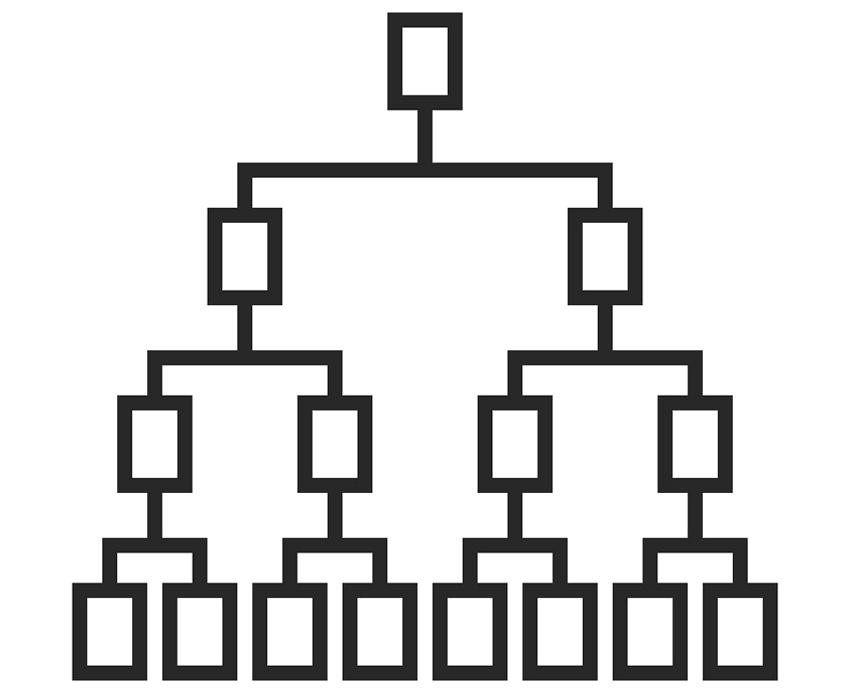 32 teams now take part in the group stages, with the 10 winners from the play-off round joined by four losing teams from the Champions League play-off round (Champion path), two losing teams from the Champions League play-off round (League path) and four losing teams from the Champions League third qualifying round (League path).
32 teams now take part in the group stages, with the 10 winners from the play-off round joined by four losing teams from the Champions League play-off round (Champion path), two losing teams from the Champions League play-off round (League path) and four losing teams from the Champions League third qualifying round (League path).
Those 32 teams are split into eight groups of four. As with the Champions League, there is a restriction on teams from the same country playing in a group with each other. Instead teams are placed into seeded pots. The teams play against each other in a standard, round-robin format, with matches played at home and away. The eight winners from each group making it through to the knockout phase of the competition.
The eight runners-up from each group now into a preliminary knockout round.
The Knockout Stages & The Final
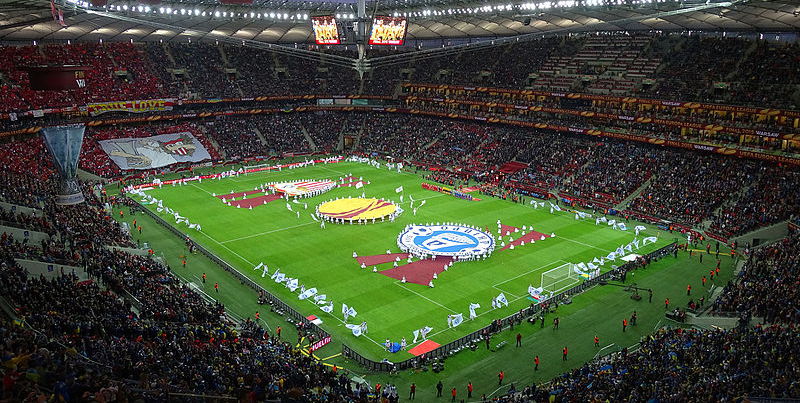
The preliminary knockout rounded added in 2021-22 sees the eight runners-up and the eight third-placed teams from Champions League group stage compete for the remaining eight places in the last 16 proper. The teams play each other once at home and once away in each of the rounds apart from the final, which is a one-legged affair that is played at a neutral venue.
The teams are seeded for the first knockout round, with seeded teams drawn to play unseeded teams and teams from the same country unable to play against each other. When sixteen teams remain in the competition seeding no longer takes place, with any team able to be drawn against any other. The teams are drawn from a pot completely at random, with the first team drawn playing the first leg at home and the second leg away from home.
The sixteen teams play each other, with eight teams making it through to the quarter-final stage. They then play each other home and away in order to determine which four teams will make it through to the semi-final. The remaining two teams qualify for the final of the competition, which must be decided on the night. If necessary the teams will play extra-time and have a penalty shoot-out in order to determine the competition’s winner. The winner of the Europa League is rewarded not only with the trophy but also with a place in the Champions League group stages for the next season.
Europa League Format Changes 2024-2025
Along with the Champions League and Conference League the Europa League will change in 2024-2025. The group phase is no more and will be replaced by a league phase featuring 36 teams instead of the 32 that currently enter the group stage. Teams will play eight matches all against different opposition in the league phase, three points for a win, one for a draw, goal difference, head-to-head results and goals scored used if two teams are tied on points.
The top 8 in the league progress to the last 16 while those ranked 9-24 in the league enter a play-off round, with teams 9ths to 16th in the league phase seeded. The winners of those eight two-legged play-offs will join the other eight in the last 16. The knockout phase will continue as normal from the last 16 onwards with the round of 32 having been done away with.
Teams will no longer drop into the EL from the CL and likewise no teams will drop from the EL to the ECL, these will now be exclusive competitions.
Previous Winners
The table below shows UEFA Cup / Europa League winners since 1998 when the final switched from two legged to a single game.
| Host City | Year | Winner | Stadium |
|---|---|---|---|
 Dublin Dublin |
2024 | ? | Aviva Stadium |
 Budapest Budapest |
2023 | Sevilla | Puskás Aréna |
 Seville Seville |
2022 | Eintracht Frankfurt | Ramón Sánchez Pizjuán |
 Gdańsk Gdańsk |
2021 | Villarreal | Stadion Energa Gdańsk |
 Cologne Cologne |
2020 | Sevillla | Rhein Energie Stadion |
 Baku Baku |
2019 | Chelsea | Baku Olympic Stadium |
 Lyon Lyon |
2018 | Atletico Madrid | Stade des Lumieres |
 Solna Solna |
2017 | Man Uinted | Friends Arena |
 Basel Basel |
2016 | Sevilla | St Jakob park |
 Warsaw Warsaw |
2015 | Sevilla | National Stadium |
 Turin Turin |
2014 | Sevilla | Juventus Stadium |
 Amsterdam Amsterdam |
2013 | Chelsea | Amsterdam Arena |
 Bucharest Bucharest |
2012 | Atletico Madrid | Arena Nationala |
 Dublin Dublin |
2011 | Porto | Dublin Arena |
 Hamburg Hamburg |
2010 | Atletico Madrid | Hamburg Arena |
 Istanbul Istanbul |
2009 | Shakhtar Donetsk | Sukru Saracoglu Stadium |
 Manchester Manchester |
2008 | Zenit Saint Petersburg | City of Manchester Stadium |
 Glasgow Glasgow |
2007 | Sevilla | Hampden park |
 Eindhoven Eindhoven |
2006 | Sevilla | Philips Stadion |
 Lisbon Lisbon |
2005 | CSKA Moscow | Estadio Jose Alvalade |
 Gothenburg Gothenburg |
2004 | Valencia | Nya Ullevi |
 Seville Seville |
2003 | Porto | Estadio Olimpicp de Sevilla |
 Rotterdam Rotterdam |
2002 | Feyenoord | De Kuip |
 Dortmund Dortmund |
2001 | Liverpool | Westfalenstadion |
 Copenhagen Copenhagen |
2000 | Galatasaray | Parken Stadium |
 Moscow Moscow |
1999 | Parma | Luzhniki Stadium |
 Paris Paris |
1998 | Inter Milan | Parc des Princes |
The table below shows all time winners that have won two or more trophies since the UEFA cup was founded in 1971
| Team | Titles | Years Won | Years Runner Up |
|---|---|---|---|
 Sevilla Sevilla |
7 | 2006-07, 2014-16, 2020, 2023 | - |
 Juventus Juventus |
3 | 1977, 1990, 1993 | 1995 |
 Inter Milan Inter Milan |
3 | 1991, 1994, 1998 | 1997 |
 Liverpool Liverpool |
3 | 1973, 1976, 2001 | 2016 |
 Atl Madrid Atl Madrid |
3 | 2010, 2012, 2018 | - |
 B M'bach B M'bach |
2 | 1975, 1979 | 1973, 1980 |
 Tottenham Tottenham |
2 | 1972, 1984 | 1974 |
 Feyenord Feyenord |
2 | 1974, 2002 | - |
 Göteborg Göteborg |
2 | 1982, 1987 | - |
 Real Madrid Real Madrid |
2 | 1985, 1986 | - |
 Parma Parma |
2 | 1995, 1999 | - |
 Porto Porto |
2 | 2003, 2011 | - |
 Chelsea Chelsea |
2 | 2013, 2019 | - |
 Frankfurt Frankfurt |
2 | 1980, 2022 | - |
British Club Performance
| Club | Cups | Runners Up |
|---|---|---|
| Liverpool | 3 | 1 |
| Tottenham | 2 | 1 |
| Ipswich Town | 1 | 0 |
| Chelsea | 2 | 0 |
| Man United | 1 | 1 |
| Wolves | 0 | 1 |
| Dundee Utd | 0 | 1 |
| Arsenal | 0 | 2 |
| Celtic | 0 | 1 |
| Middlesbrough | 0 | 1 |
| Rangers | 0 | 2 |
| Fulham | 0 | 1 |
Europa League Stats
| Tournament Stats | |
|---|---|
| First Year | 1955 as Inter-Cities Fairs Cup, 1971-1972 as UEFA Cup, 2009-2010 as Europa League |
| Titles (Nation) | Spain (14) |
| Titles (City) | Seville (7) |
| Highest Attendance | 110,000 (Santiago Bernabeu 1973) |
| Prize Money Winner | €8.6 million (2023) |
| Group Stage Base Fee | €3.63 million (2023) |
| Qualifying Teams | 58 |
| Final Teams | 32 |
| Club Stats | |
|---|---|
| Titles | Sevilla (7) |
| Runner Up | Benfica (3), Marseille (3) |
| Consecutive Appearances | Club Brugge (20 seasons) |
| Undefeated champions | 9 (Tottenham Hotspur, Borussia Munchengladbach, IFK Goteborg x 2, Ajax, Galatasaray, Feyenoord, Chelsea, Villarreal, Eintracht Frankfurt) |
| Consecutive Wins | Atletico Madrid (15) |
| Biggest Win One Game | Ajax 14 - Red Boys Differdange 0 (1984-1985) |
| Biggest Aggregate Win | Feyenoord 21 - Rumelange 0 (1972-1973) |
| Player Stats | |
|---|---|
| Highest Scorer | Henrik Larsson (40) |
| Most Goals In A Season | Radamel Falcao (17) |
| Appearance Record | Giuseppe Bergomi - (96) |
About the Europa League
In The Beginning – Inter-Cities Fairs Cup
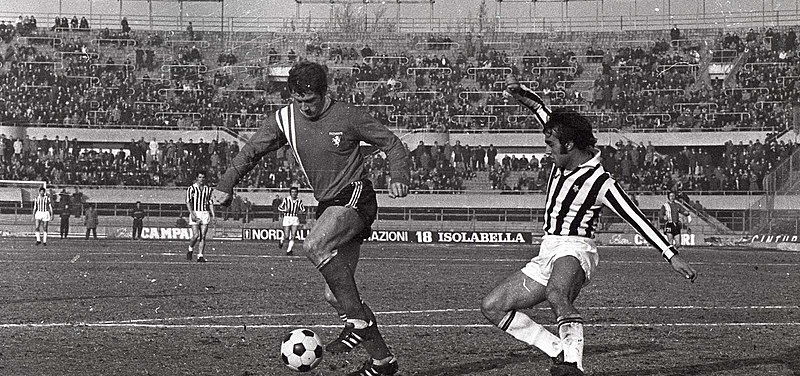
Ernst Thommen, from Switzerland, joined forces with Italy’s Ottorino Barrasi and England’s Sir Stanley Rous in order to create a tournament for sides from European cities that that held trade fairs on a regular basis.
The tournament was called the Inter-Cities Fairs Cup and began on the 18th of April 1955. It involved teams from Barcelona, Birmingham, Basel, Copenhagen, Lausanne, Frankfurt, London, Leipzig, Milan and Zagreb.
The original tournament lasted for an incredible eight years, with matches tending to be scheduled to coincide with trade fairs. The first ever final was won by FC Barcelona, beating a team representing London by an aggregate score of 8-2.
For the second version of the tournament the organisers decided to go back to using real club’s rather than players representing cities. The only rule was that the clubs had to come from cities staging trade fairs.
The UEFA Cup
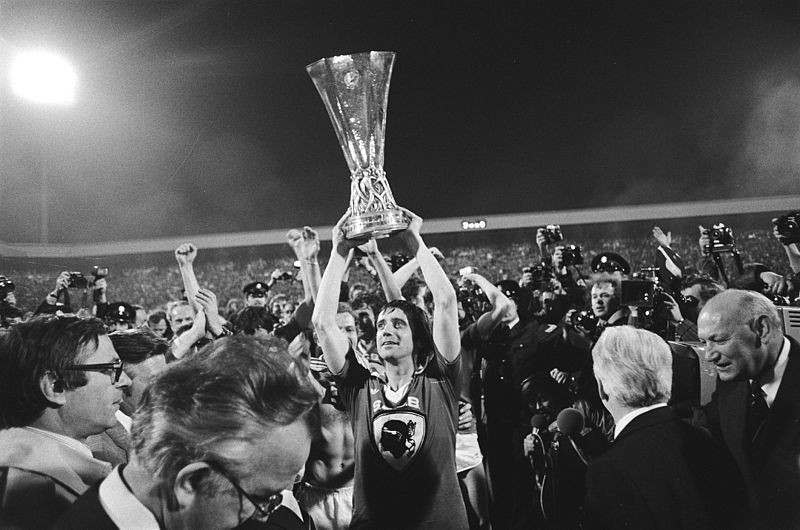
The 1971-1972 was the first one to be played under the new name of the UEFA Cup. The first final was an all-English affair, with Tottenham Hotspur beating Wolverhampton Wanderers. The name change came about because the competition was now organised by UEFA and no longer had to feature clubs from trade fair cities. For the majority of the 1970s the cup was won by teams from Northern Europe, with only Juventus winning it from the South in 1977.
Italian clubs did gain the upper hand during the 1990s, with Napoli’s win in 1989 beginning a succession of victories for teams from Italy. Over the following eleven seasons the UEFA Cup was won by a team from Italy on eight occasions. Inter Milan won it on three of those occasions, only having their domination interrupted by Galatasaray who became the first Turkish club to win it in 2000.
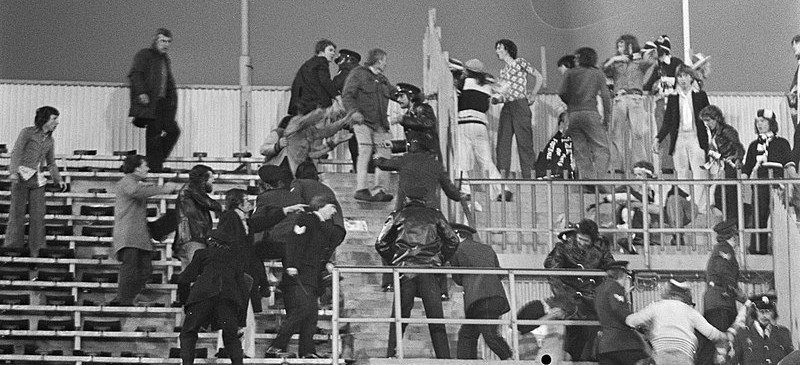
Other than in 1964 and 1965 the final of the UEFA Cup/Inter-Cities Fairs Cup had always been a two-legged affair. This changed in 1998 when Inter Milan beat Lazio 3-0 at the Parc des Princes in the first one-legged final of the competition.
The format changed further in the 1999-2000 season when domestic cup winners were also able to qualify for the competition after the disbandment of the UEFA Cup Winners’ Cup. This was also when teams dropped into the competition from Champions League for the first time.
From 1993 until 2004 the ‘Golden Goal’ could be used in any competition that the organisers saw fit to use it in.
In the 2001 final between Liverpool and Deportivo Alaves, played at the Westfalenstadion in Dortmund, the Merseyside club became the first to win the competition through the Golden Goal rule. The rule stated that if a goal was scored during extra time then the match would end immediately, with the team scoring the goal winning the competition. Liverpool won it when Delfi Geli scored an own goal.
The Europa League
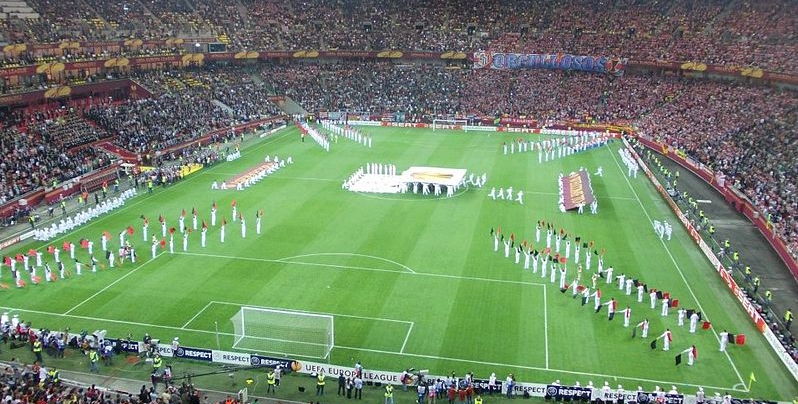
The competition became the Europa League ahead of the 2009-2010 season. The group stages of the tournament were expanded to allow 48 teams to take part, with each team playing six matches in the round-robin format that was also being used in the Champions League. Atletico Madrid lay down a marker for the newly branded tournament, winning two out of the first three titles.
The competition had its ranks swelled that season, too, with Europe’s third-tier competition, the Intertoto Cup, disbanded in order to merge it with the newly formed Europa League. The whole thing was done largely in an attempt to increase the profile of Europe’s second-string cup competition, with most people believing it was a poor relation to the more glamorous Champions League.
The first year under the new brand name was also the first year that the competition featured additional officials behind the goals. It was a change to the competition’s rules that meant a total of six officials would help to officiate the match. The main referee is helped by two assistant referees who run the line, a fourth official on the sideline and the two assistants who stand behind each goal and can alert the referee to anything he should be made aware of.
Sevilla
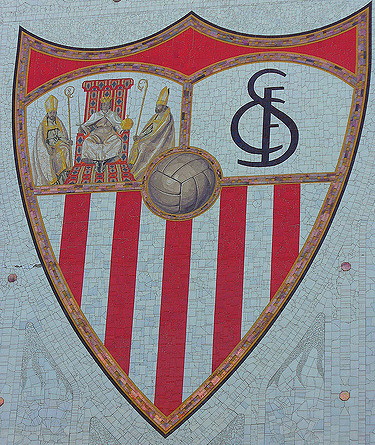
The greatest team of modern times in the Europa League has to be Sevilla.
Where other clubs see the Europa League as a potential consolation prize to a season Sevilla take it very seriously indeed. This is reflected by the fact they have won the cup a record 7 times and given their first trophy was only in 2006 that is an amazing feat.
The Spanish club won back-to-back in 2006 & 2007, then consecutively from 2014 to 2016 and again in 2020 and 2023.
Despite often being the underdog the club have found an unmatched winning mentality that has seen them win 7 out 7 finals under five different managers.
Now with the Europa League winners earning an automatic champions league spot you would expect them to be focused on the main European club competition but even if they drop down to the EL for the knockout phase they become instant favourites to win it again.
The Trophy
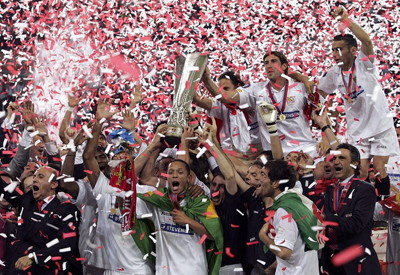
The trophy awarded to the winner of the Europa League is known as either the UEFA Cup, the Coupe UEFA or, more correctly, the Bertoni Trophy. It weighs 15kg and is made of silver, with a yellow marble plinth. It gets its official name from the fact that it was both designed and crafted in the Bertoni workshops of Milan ahead of the final in 1972.
The design of the trophy is unique for a major European trophy in that it has no handles, with the real joy of the trophy lying in the simplicity of its look. Above the plinth is a group of players who appear to be jostling for the ball. In actual fact they are supporting the octagonal cup that stands above them, with the cup itself emblazoned with the UEFA emblem.
Before the rebranding of the competition in 2009 the winners were entitled to keep the original trophy for a year. After that they had to return it to UEFA and they could place a replica of it that was four-fifths the size in their trophy cabinet permanently. Any club that won the competition for three consecutive seasons or five times in total could ‘keep’ the trophy forever.
When the UEFA Cup became the Europa League, UEFA decided to alter the rules so that the trophy remains in their possession at all times. A full-scale replica is now awarded to the competition’s winner. Now any team that wins the trophy three times in a row or five times in total receives a ‘special mark of recognition’, rather than the right to keep the trophy permanently.
The Anthem
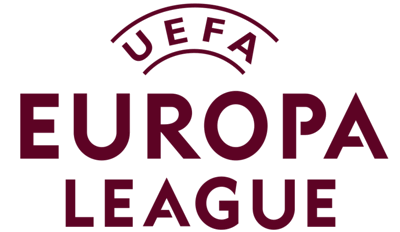
UEFA love a bit of theme music. The Champions League theme is known around the world and is enough to get anyone excited about what they’re about to watch.
The Europa League doesn’t quite have the same level of enjoyment, though if you say as much then UEFA will probably fine you.
The original anthem was composed by Yohann Zveig, with the Paris Opera recording it in early 2009. It was unveiled officially at the Grimaldi Forum on August the 28th 2009 before the draw for the group stage of that season’s competition.
A new anthem was launched for the 2015-2016 season and composed by Michael Kadelbach. It has to be played before every game in the competition and also during the opening sequence of any televised broadcast of one of the matches.
